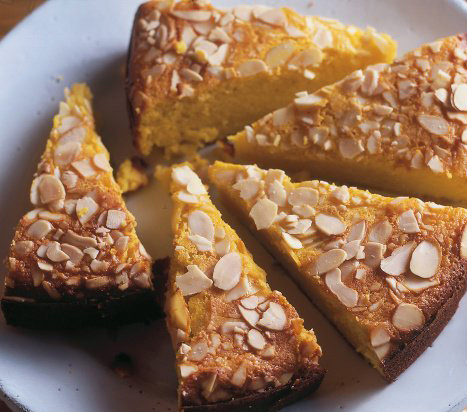 Photo by Ray Kachatorian
Photo by Ray Kachatorian
I have long lamented that Edda Servi Machlin’s Classic Cuisine of the Italian Jews has been allowed to go out of print, and it still seems hideously wrong to me, but I am thrilled to have this excellent new book on the subject. From Minestra di Lenticchie di Esaù (Esau’s Lentil Soup, a Tuscan speciality that, as Guetta points out, anachronistically but deliciously, contains tomatoes); Aliciotti con Indivia (Baked Anchovies and Escarole, two of my all-time favourite ingredients) from the Roman Ghetto; Agnello di Pesach con Carfiofi e Fave (Passover Lamb with Artichokes and Fava Beans) that irresistibly begs to be made; to the Tibuia, o Torta degli Ebrei (Savoury Cheese Pie, or “Pie of the Jews”) that is part of the Jewish cooking tradition in Finale, a city in Emilia Romagna, this is a book I’m so happy to have in my kitchen. I’ve listed so few recipes, but there are so many more that I long to make, and that tell the story of a people and a country, noting the influence of the many Libyan and Spanish Jews that settled in Italy, too, and whose cooking became fused, not only among each other, but also had a huge influence on the development of so many of the dishes we customarily just think of as Italian.
I don’t wish, however, to make it seem that this is a book for food scholars and culinary historians only. Far from it: this is a book for home cooks and greedy people everywhere. Which reminds me to give you a little glimpse of the many, many dolci, taking in puddings, pies, cakes and cookies. From the Jews of Central and Northern Italy, there is Bruscatella e Zabaione, a bread pudding which requires you to soak the bread in sweet wine rather than milk, to be served with zabaglione; a rapturous Chocolate Mousse Cake; Ricotta and Sour Cherry Crostata from Rome; Almond Custard from Livorno, by way of the Portuguese Jews; and Almond and Chocolate Cookies from Venice; and I must also mention breads, both sweet and savoury. It is in the Sweet section that I found the recipe I’m sharing with you today: the Pizzarelle di Pesach, or Honey Matzo Fritters, a gorgeous addition to this year’s Seder menu, though no less delicious for those who don’t celebrate Passover, I can assure you!
Excerpted from Cooking alla Giudia by Benedetta Jasmine Guetta (Artisan Books). Copyright © 2022.
Photographs by Ray Kachatorian.







